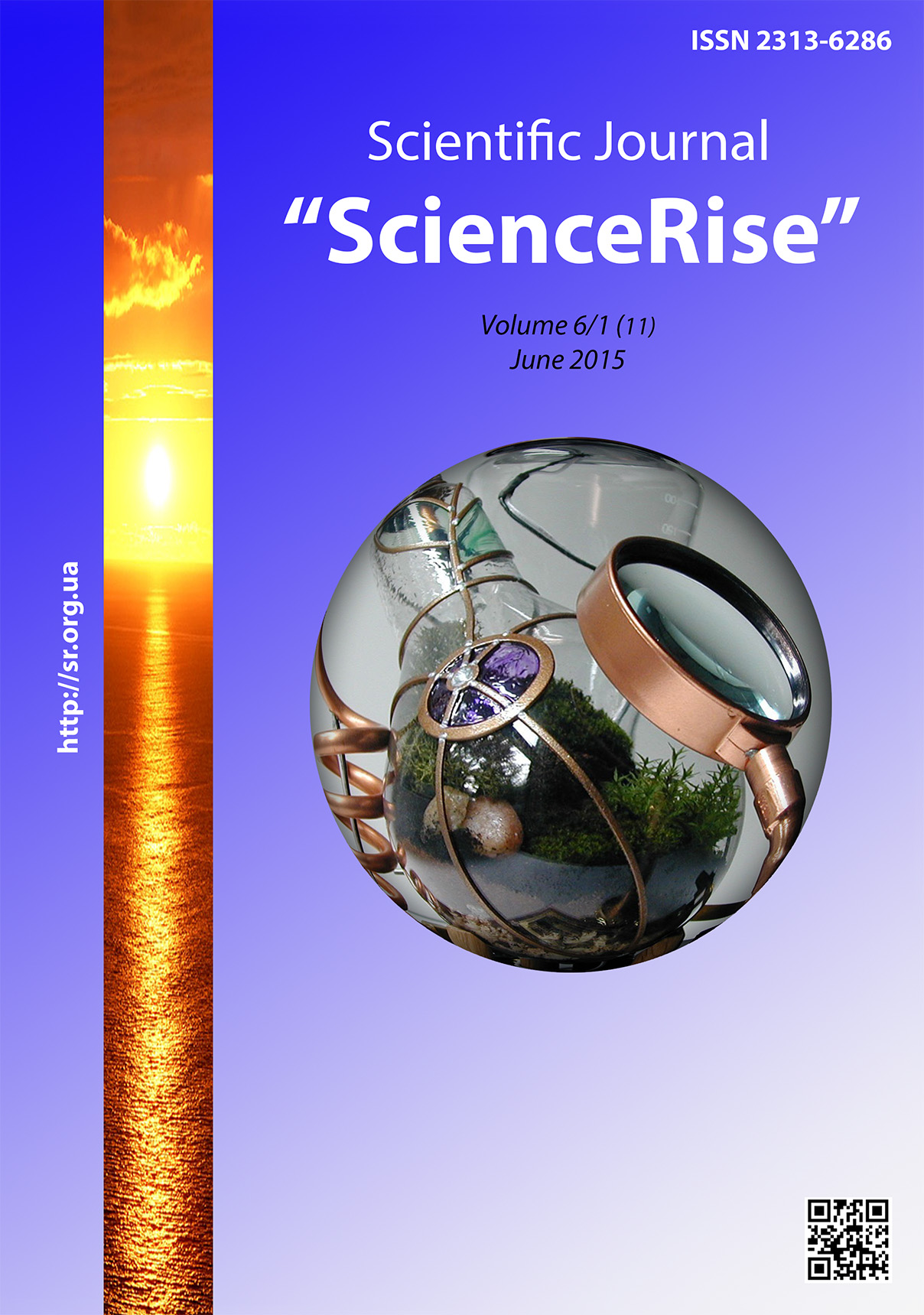Досвід впровадження прийомів навчання міжкультурної комунікації
DOI:
https://doi.org/10.15587/2313-8416.2015.44832Słowa kluczowe:
міжкультурна комунікація, інтеркультурне середовище, культурне різноманіття, ненасильницьке спілкування, самоідентифікація, толерантністьAbstrakt
Стаття присвячена опису педагогічних прийомів, які використовуються працівниками міжнародних благодійних фондів у роботі з дітьми та підлітками для розвитку навичок міжкультурної комунікації у процесі міжкультурних обмінів між школярами. Автор вказує на проблеми, з якими стикаються діти, що беруть участь у міжкультурних обмінах, детально описує методику роботи з формування навичок міжкультурної комунікації у процесі міжкультурного спілкування, вказує на теоретичну основу методики, яку було застосовано у процесі роботи
Bibliografia
Edward, T. (1976). Hall. Beyond Culture. Garden City. N.Y.: Anchor. Press/Doubleday, 256.
Vereshchagin, Ye. M., Kostomarov, V. M. (2005). Language and culture. Moscow: Indryk, 1038.
Grushevitskaya, T. G., Popkov, V. D., Sadokhin, A. D. (2002). Basics of intercultural communication. Textbook for Higher educational establishments (Editor-in-chief A.P. Sadokkhin). Moscow: UNITY-DANA, 352.
Ter-Minasova, S. G. (2000). Language and intercultural communication. Moscow: Slovo, 634.
Khimicheva, S. A. (2012). Intercultural communication in modern higher education while learning a foreign language. Pedagogicheskoye obrazovaniye v Rossii, 4, 136–139.
Matsumoto, D. (2013). Psychology and culture. StP.: Peter, 718.
Shabayev, N. F. (Ed.) (1961). Samtliche Briefe, hrsg. von Pestalozzianum und von der Zentralbibliothek in Zurich, Bd 1-13, Zurich, 1946-71; in Russian translation.- Selected Pedagogical works, 1-3, 65.
##submission.downloads##
Opublikowane
Numer
Dział
Licencja
Copyright (c) 2015 Інна Володимирівна Ковалинська

Utwór dostępny jest na licencji Creative Commons Uznanie autorstwa 4.0 Międzynarodowe.
Our journal abides by the Creative Commons CC BY copyright rights and permissions for open access journals.
Authors, who are published in this journal, agree to the following conditions:
1. The authors reserve the right to authorship of the work and pass the first publication right of this work to the journal under the terms of a Creative Commons CC BY, which allows others to freely distribute the published research with the obligatory reference to the authors of the original work and the first publication of the work in this journal.
2. The authors have the right to conclude separate supplement agreements that relate to non-exclusive work distribution in the form in which it has been published by the journal (for example, to upload the work to the online storage of the journal or publish it as part of a monograph), provided that the reference to the first publication of the work in this journal is included.

